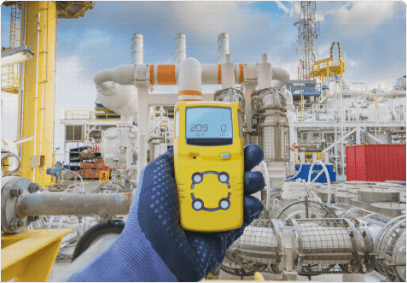Not known Details About Roar Solutions
Not known Details About Roar Solutions
Blog Article
Not known Details About Roar Solutions
Table of ContentsSome Known Factual Statements About Roar Solutions Excitement About Roar SolutionsSome Of Roar Solutions
In order to protect setups from a possible explosion a method of analysing and categorizing a potentially hazardous location is called for. The purpose of this is to guarantee the appropriate selection and setup of tools to ultimately prevent an explosion and to make sure security of life.(https://www.startus.cc/company/roar-solutions)
No tools needs to be set up where the surface temperature of the tools is above the ignition temperature level of the offered danger. Below are some typical dust unsafe and their minimum ignition temperature. Coal Dust 380C 225C Polythene 420C (thaws) Methyl Cellulose 420C 320C Starch 460C 435C Flour 490C 340C Sugar 490C 460C Grain Dirt 510C 300C Phenolic Resin 530C > 450C Aluminium 590C > 450C PVC 700C > 450C Soot 810C 570C The possibility of the hazard being present in a focus high enough to cause an ignition will certainly vary from location to area.
Unsafe area electrical tools perhaps developed for use in greater ambient temperature levels. Field Fixing By Authorised Worker: Complicated screening might not be called for nonetheless particular treatments might require to be complied with in order for the tools to maintain its 3rd party score. Each piece of equipment with an unsafe score need to be evaluated independently.
The Ultimate Guide To Roar Solutions
The equipment register is a detailed data source of tools records that includes a minimum set of fields to determine each thing's area, technological parameters, Ex lover category, age, and ecological information. The proportion of Thorough to Close examinations will be identified by the Tools Danger, which is analyzed based on ignition threat (the probability of a source of ignition versus the probability of a flammable atmosphere )and the hazardous area category
( Zone 0Area 1, or 2). Applying a durable Risk-Based Examination( RBI )strategy is essential for guaranteeing compliance and safety in managing Electrical Equipment in Hazardous Locations( EEHA).
The 8-Second Trick For Roar Solutions

In terms of explosive danger, a dangerous location is a setting in which an eruptive atmosphere exists (or might be anticipated to be present) in amounts that call for special preventative measures for the building, installation and use equipment. hazardous area electrical course. In this article we discover the obstacles dealt with in the office, the risk control steps, and the called for proficiencies to function securely
These materials can, in certain conditions, create eruptive atmospheres and these can have significant and terrible effects. Most of us are familiar with the fire triangular get rid of YOURURL.com any one of the three aspects and the fire can not take place, however what does this mean in the context of dangerous areas?
In the majority of circumstances, we can do little about the levels of oxygen in the air, yet we can have significant influence on sources of ignition, for instance electrical tools. Unsafe areas are recorded on the dangerous location category drawing and are determined on-site by the triangular "EX-SPOUSE" sign. Below, among other key information, zones are split into 3 types depending on the risk, the probability and duration that an explosive environment will certainly exist; Area 0 or 20 is considered the most unsafe and Zone 2 or 22 is regarded the least.
Report this page